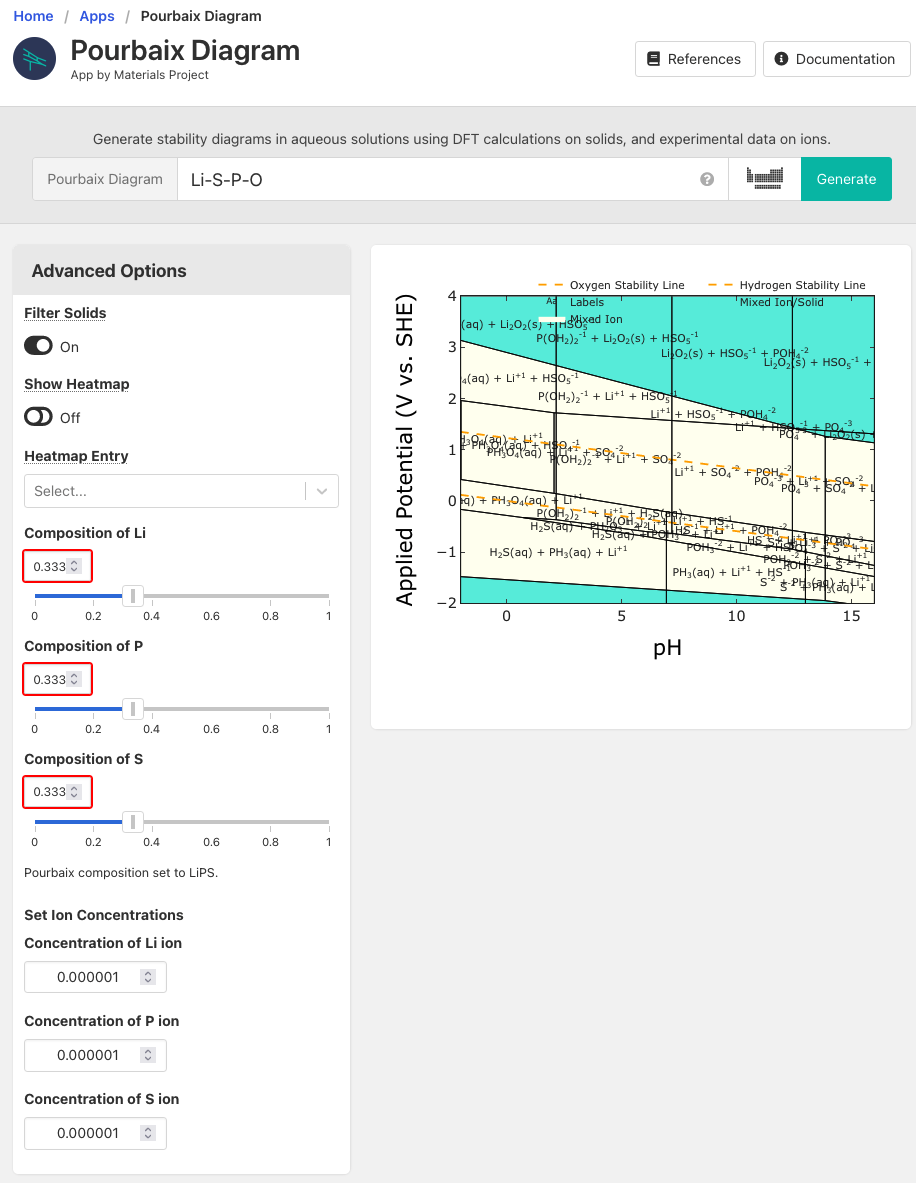Validation: Syntax, Semantics, and Pragmatics
Validation is about preconditions for operation. It may be useful to separate preconditions into three subtypes: syntax, semantics, and pragmatics.1
Syntax: Rules about what’s grammatically well-formed. Example: A CalculateAqueousStability
command may have a set of atomic-composition pairs and a set of ion-concentration pairs. An
atomic-composition pair is a string paired with a number between 0 and 1. An ion-concentration pair
is a string paired with a number.
Semantics: Rules about what may be syntactically valid but is nonetheless nonsense. Example: A
CalculateAqueousStability command may be syntactically valid, but it’s compositions don’t add up
to 1, the ion concentrations are physically implausible, etc.
Pragmatics: Rules about contextual appropriateness for processing a syntactically and semantically valid message. Example: an online system can’t efficiently calculate stability for a system of more than 4 atomic elements on-the-fly, so this kind of command is rejected.

References
H. J. W. Percival and R. G. Gregory, Architecture patterns with Python: enabling test-driven development, domain-driven design, and event-driven microservices, First edition, pp 255-264. O’Reilly, 2020. ↩︎